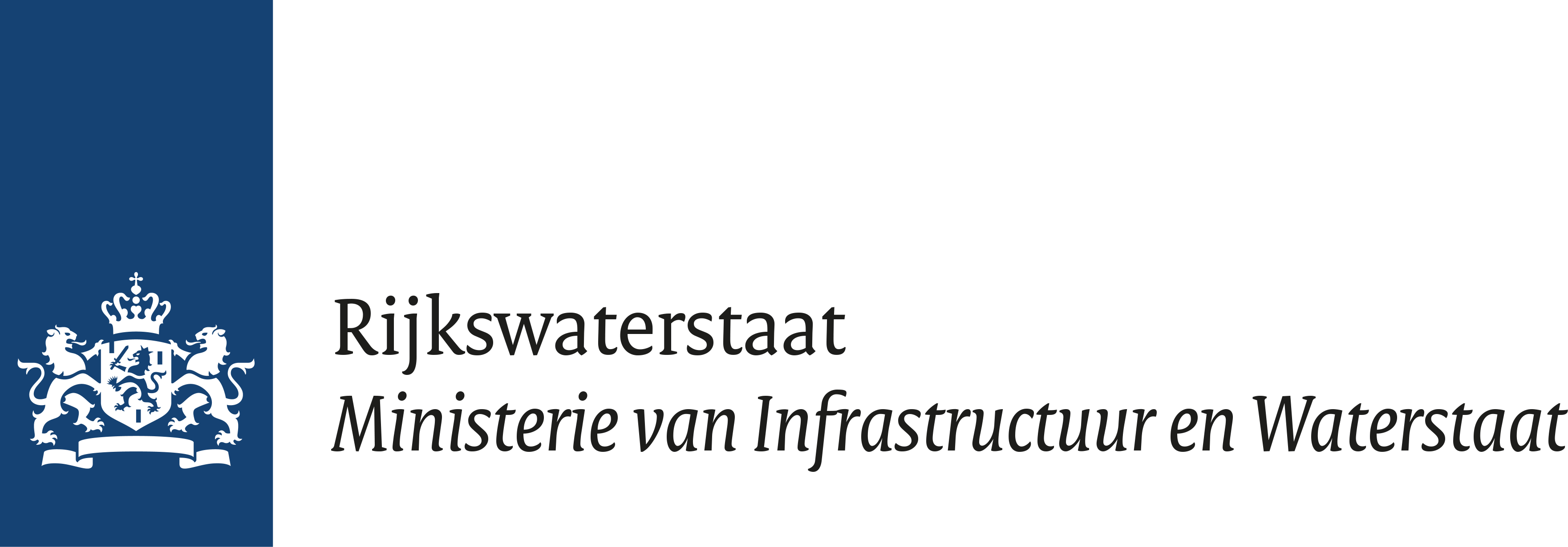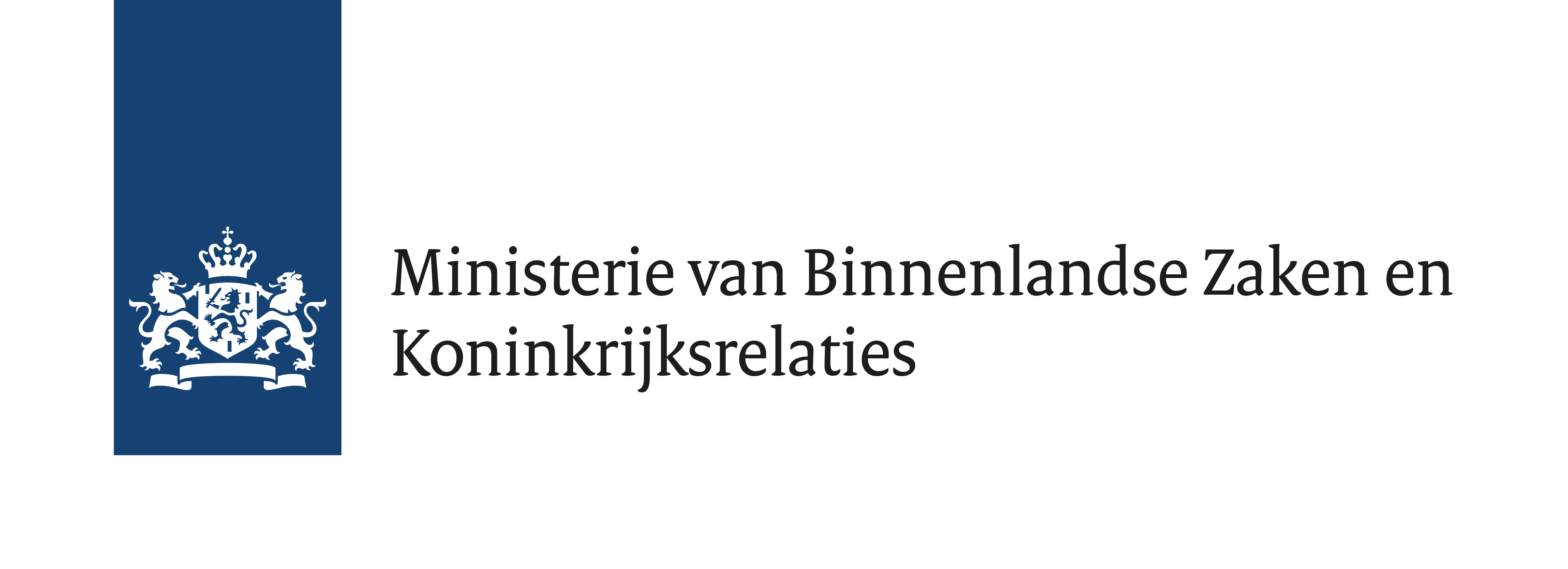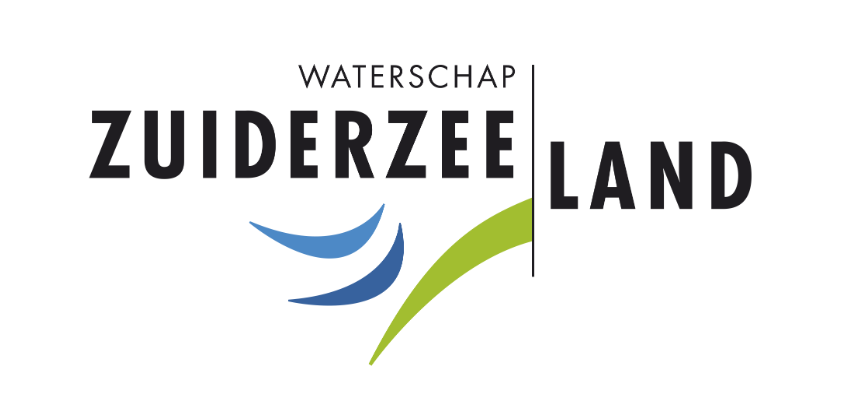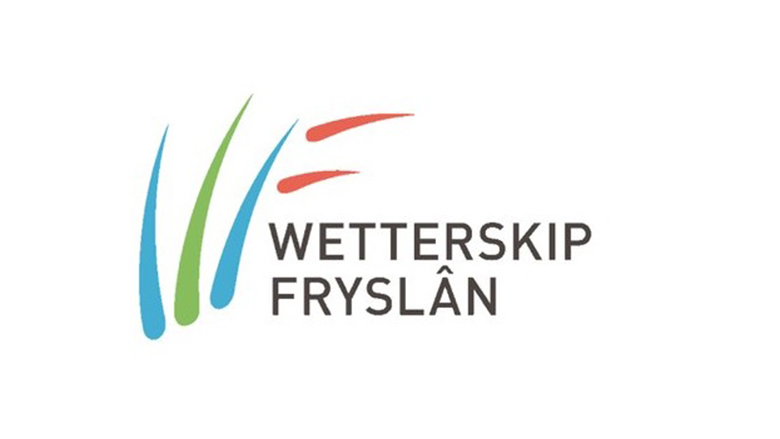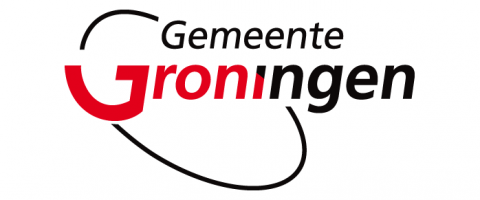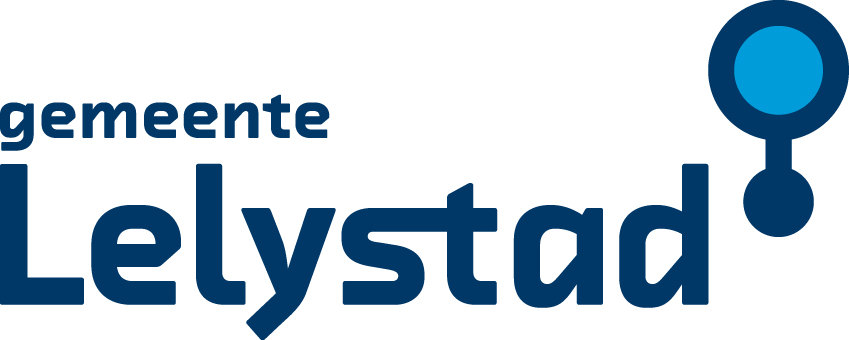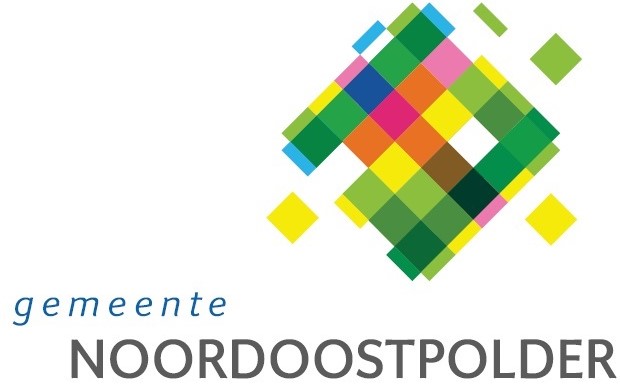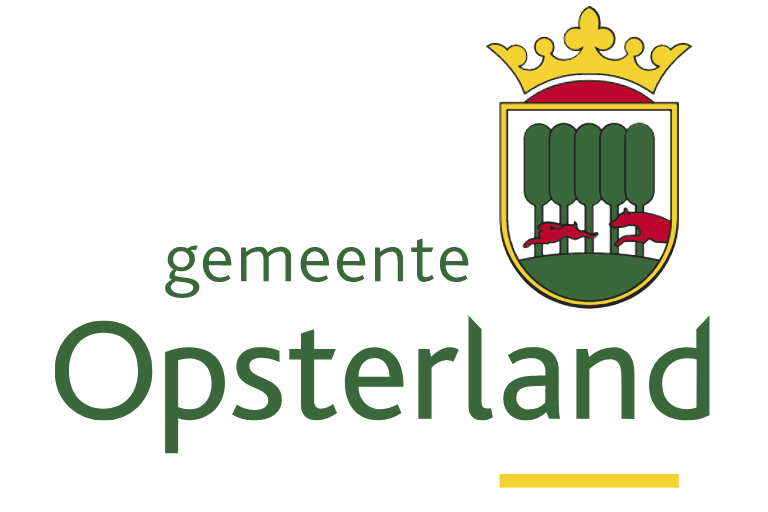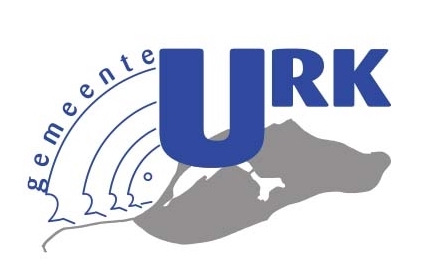23 September 2024
Lelylijn Is valuable investment full of opportunities for Northern Netherlands
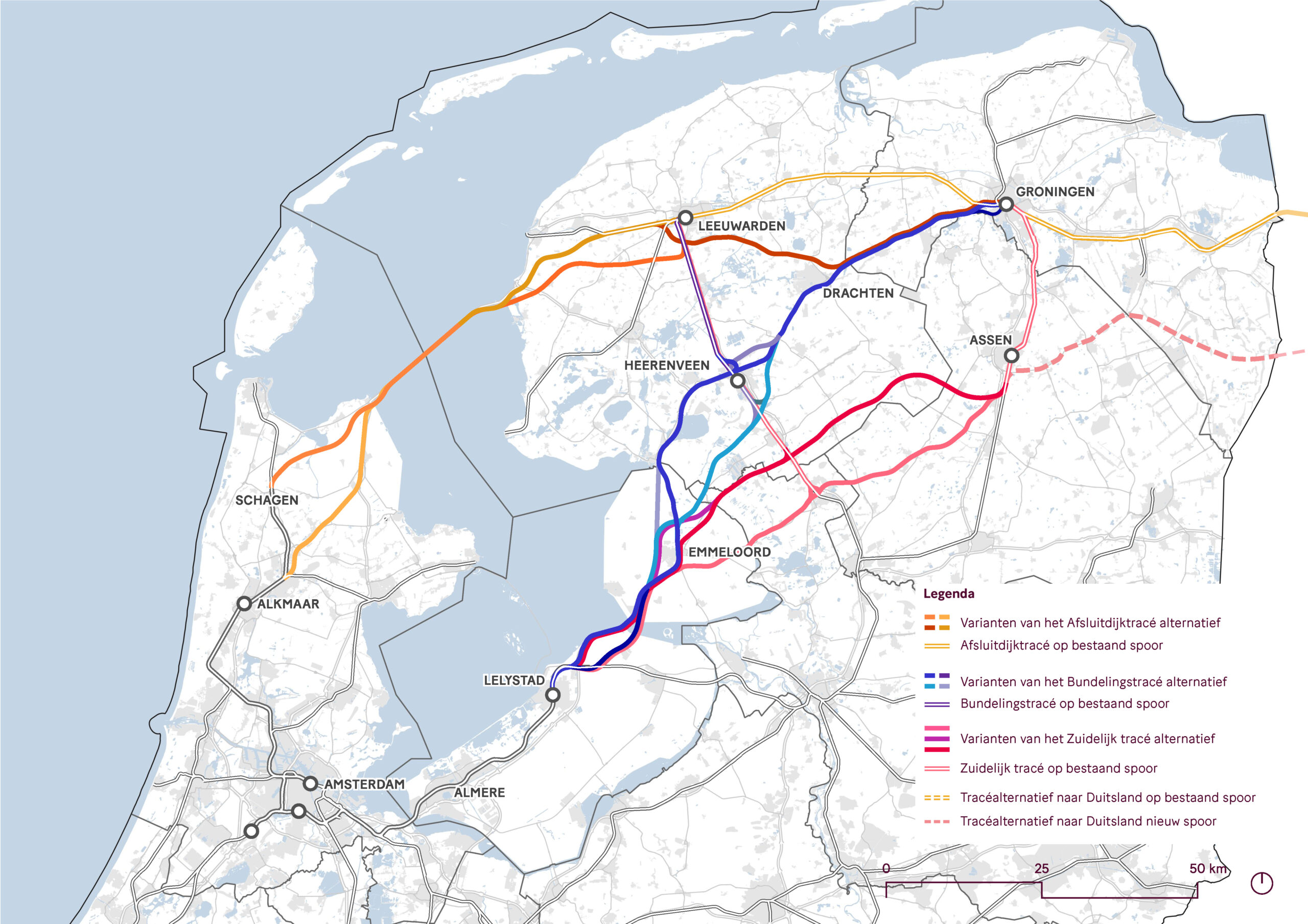
Large-scale billion-dollar investment in Lelylijn creates more accessibility, work, housing and livability in Northern Netherlands
The Lelylijn project is tasked with delivering studies by the State and Region. Most of these studies have now been completed, as has a study of the investment costs required. This shows that while a costly investment is needed to better connect the Northern Netherlands with the rest of the Netherlands, the opportunities it creates in the Northern Netherlands will be greatly enhanced. This is especially true in the areas of living, working, education and care.
Investment cost
The most advantageous variant should cost 8.2 billion euros; the most costly 17.2 billion euros. The middle variant, which by estimates would provide the most travel time savings and passengers, should cost 13.8 billion euros. This does not include maintenance costs, which are estimated at between €125 million and €525 million per year.
To date, 3.4 billion euros has been set aside for the Lelylijn by the previous administration. In addition, the region has already expressed its willingness to contribute and a European application can be made. However, the amount of those amounts is not yet known.
Added value for the traveler
Drachten and Emmeloord are important towns that are currently not connected to a railroad. With the arrival of the Lelylijn, this is a substantial improvement for residents in and around these towns, especially for their mobility. Both regionally and nationally.
Travelers boarding in Leeuwarden or Groningen can reach Amsterdam three quarters of an hour faster than now because of the Lelylijn; the total trip will then take one hour and fifteen minutes. This is the variant via Drachten and Heerenveen. The variant via the Afsluitdijk saves less time; fifteen minutes. Fewer travelers are expected to use this route. The route via Assen saves half an hour. In any case, all three variants will better connect the North with the rest of the Netherlands, and that applies to all villages, small and large cities in Flevoland, Friesland, Groningen and North Drenthe.
Added value for the North
Based on the premise that the Lelylijn should be good for nature, soil and water as well as people, a study was made of what the Lelylijn could mean for the northern Netherlands. It is clear that smaller and larger villages will have an improved connection to a large public transport network. Together with local and regional public transport modifications, this would bring people closer to amenities. A school pupil from Drachten who wants to take a vocational course in Groningen will be able to reach his educational institution considerably faster than with the current public transport system thanks to the arrival of the Lelylijn: the travel time between Drachten and Groningen will go from 42 minutes by bus to 13 minutes by train on the Lelylijn.
Smaller cities have more opportunities to develop and urbanize because they form a better network among themselves; these are Emmeloord, Drachten and Heerenveen. In addition, Lelystad, Leeuwarden and Groningen as the largest cities are even more able to strengthen themselves and increase the quality of life for the region.
Inhabitants of the Northern provinces will also have more opportunities and freedom of choice through improved accessibility to employment, educational and healthcare institutions. Local public transportation can be connected to this regional and national network.
In designing the final route, sufficient consideration must be given to the regions current tranquility, space and uniqueness; that too has been taken into account in these studies.
Living, working, life
Because the Lelylijn connects large cities with smaller towns with villages, there are more opportunities for people on education, healthcare and jobs. The arrival of the Lelylijn means a lot to the region; villages and towns that are not in close proximity to the Lelylijn can also benefit if the region considers the right connections now.
Immediately adjacent to Lelylijn, up to 115,000 additional housing units are expected. In total, Northern Holland could provide up to 181,000 housing units for the Netherlands as a result.
In terms of jobs, the arrival of the Lelylijn is expected to create up to 70,000 additional jobs; a total of 132,000 new jobs in the Northern Netherlands. Companies in Drachten and Emmeloord will be able to attract students for knowledge and innovation easier than now due to the arrival of the Lelylijn.
Process of decision-making
The Lelylijn project is in the research phase of the MIRT working method. The studies on accessibility and spatial development (NOVEX) are now complete. The studies on broad prosperity and international added value are ongoing. The collections of studies will be presented to the Administrative Consultation MIRT in November. Then a possible continuation of the Lelylijn will be considered. The BO-MIRT can decide whether the project will continue to the Exploration Phase.
In late 2022, the national and regional governments jointly decided on a MIRT1 and NOVEX2 study of Lelylijn, a new and fast rail connection between Lelystad and Groningen and Leeuwarden. A rail connection that will bring the Northern Netherlands (Groningen, Fryslân, Drenthe and Flevoland) and Randstad closer together and can reduce the differences between regions.
The study of the Lelylijn focuses on the usefulness and necessity of the Lelylijn and what development perspective the Lelylijn can offer (Northern) Netherlands. This concerns the rail link itself, spatial developments and the impact on the broad prosperity of the Netherlands and the Northern Netherlands in particular.
In mid-2024, Lelylijn was included in the Main Line Agreement 2024-2028: “The construction of the Lelylijn will be continued, with construction starting in Groningen if this is feasible in terms of implementation.” The previous cabinet reserved a contribution of €3.4 billion.
Government program 2024
The September 2024 government program states the following about the future of the Lelylijn: Based on the results of the study of the Lelylijn, the Cabinet will come to a follow-up mission in consultation with the region – at the end of 2024.
Cooperation
In the MIRT- and NOVEX-research, the national government (Ministry I&W, EZ, VRO) and the Region (provinces Flevoland, Fryslân, Groningen, municipalities Groningen, Leeuwarden, Noordoost-Polder and Wetterskip Fryslân, RWS and ProRail) are working together. Wetterskip Fryslân represents the Noorderzijlvest and Zuiderzeeland Water Boards. The aforementioned municipalities represent various other interested municipalities.







